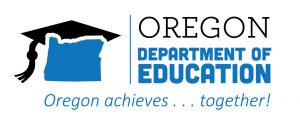School-level communicable disease planning for this school year differs from prior (COVID-era) years because it refines the template and instructions to:
- Decrease template length and reduce redundancy.
- Expand the focus to all communicable disease planning which encompasses respiratory viruses as well as other diseases that schools may have to tackle.
- Create flexibility to leverage planning completed for Aligning for Student Success into communicable disease plans.
Local school districts are in charge of setting health and safety rules. As of September 2024, ODE no longer collects and posts school-level communicable disease plans. Please contact us if you would like assistance writing/editing your CDMP.

